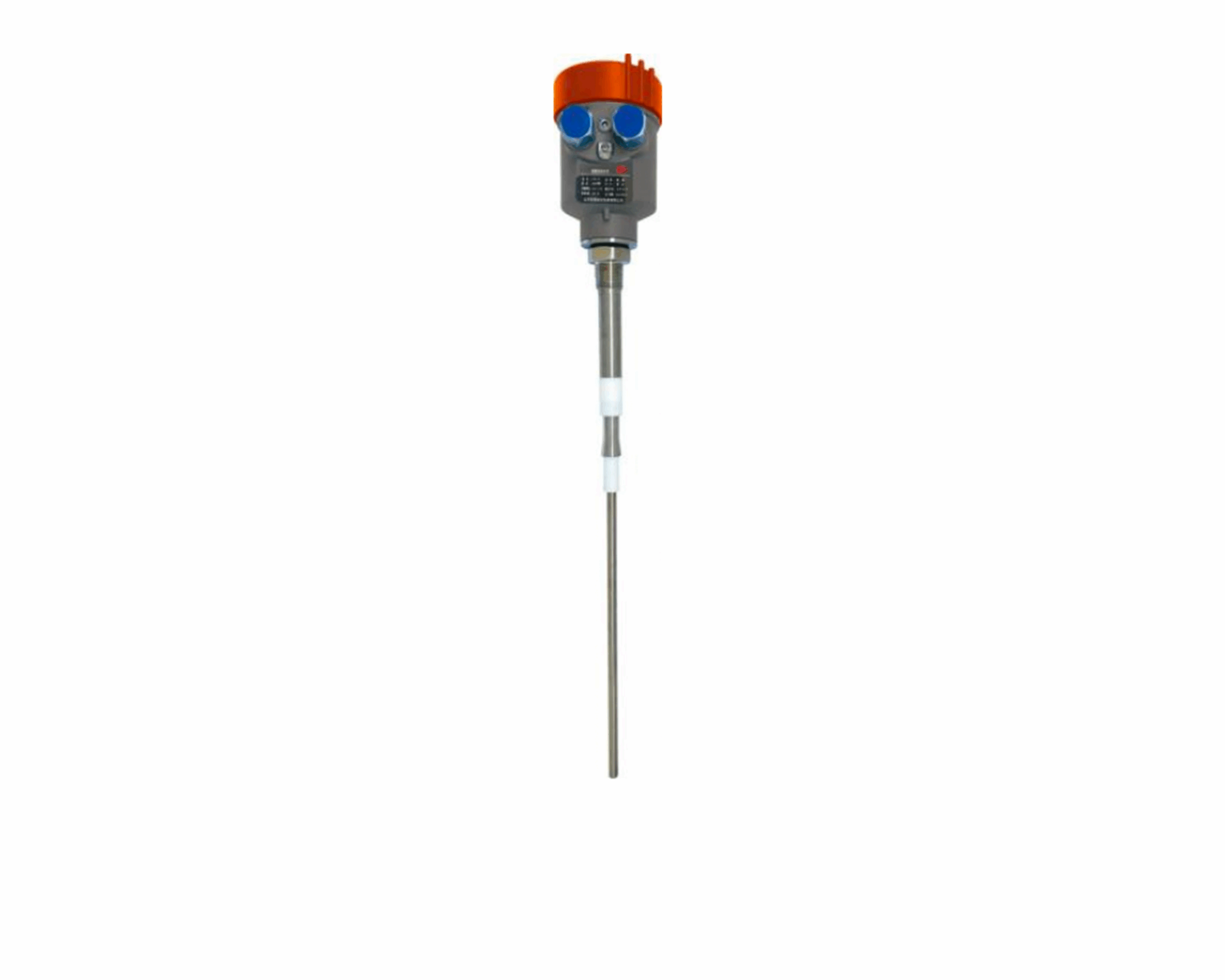Radio Frequency Admittance Switch is a level (liquid level/material level) detection instrument based on radio frequency admittance technology, mainly used for extreme position alarm or control in industrial processes. Its core functions and features are as follows:
1. Level limit detection
Working principle: The probe and the container wall form a capacitive loop to detect the change in the dielectric constant of the medium (liquid or granular material) and trigger a switch signal (such as high and low material level alarm).
Strong anti-interference: The use of radio frequency technology can overcome the influence of medium adhesion, foam or dust, and is suitable for complex working conditions.
2. Non-contact measurement
Applicable media: liquid, powder, granular or viscous materials (such as asphalt, sludge), no mechanical contact is required, and wear or blockage is avoided.
3. High reliability and safety
Resistant to harsh environments: fully sealed design, resistant to high temperature (up to 250℃), high pressure and corrosive media.
Explosion-proof certification: ATEX, IECEx and other certifications are passed, suitable for flammable and explosive areas (such as chemical storage tanks).
4. Multi-function configuration
Output signal: relay switch quantity (normally open/normally closed), which can directly control equipment (such as feed valves, conveyors).
Adjustable sensitivity: adapt to media with different dielectric properties to reduce false alarms.
Typical application scenarios:
Chemical industry: liquid level alarm of reactor
Food industry: material level control of flour silo
Environmental protection engineering: full silo detection of sludge tank
Selection note: The probe type (insulated/non-insulated) needs to be selected according to the medium characteristics (conductivity, adhesion).
RF admittance switch
Working principle
RF admittance level switch is based on RF capacitance technology: radio frequency is applied to the probe to continuously analyze the surrounding environment. Since the dielectric constant and conductivity of all media are different from those of air, the tiny change in capacitance caused by the probe contacting the medium is detected by the circuit and converted into a switch signal output. Its unique anti-adhesion circuit only responds to the change in capacitance caused by the change in material level, thereby eliminating false signals caused by material accumulation. 2. Basic parameters
1. Power supply: 220VAC50Hz or 24VDC (24VDC is recommended); 2. Relay contacts: 2 sets of SPDT, 5A 220VAC;
3. Material: Induction rod: SUS304/316, insulation sheath: PP or Teflon;
4. Sensitivity: 0.5pf~750pf!
5. Working temperature: Probe operating temperature range: -184℃~260℃, circuit part temperature resistance: -40℃~80℃;
6. Connection thread: 1”NPT or 1”PF;
7. Delay time: 0~30s adjustable

